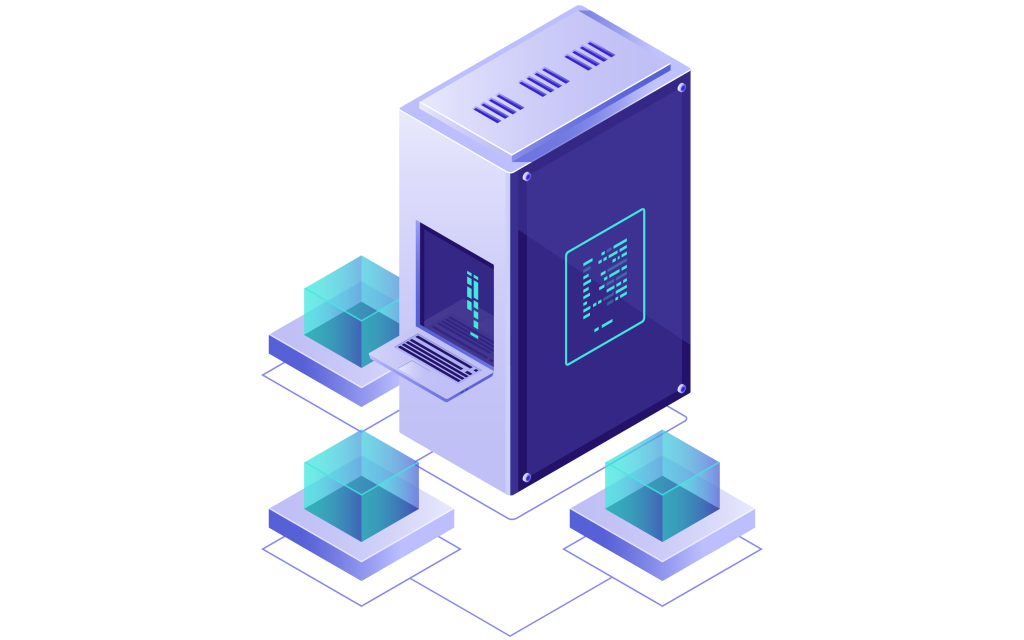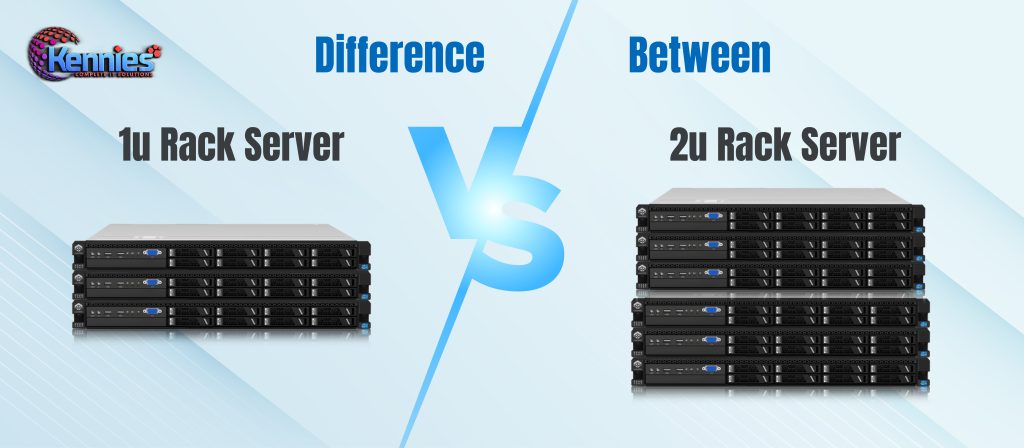Rent a Rack Space
Tailor your growing business needs with Kennies Rent Rack Space
Kennies Cloud provides scalable, secure rack space for flexible colocation needs, fostering businesses with partial or complete rack rentals for dynamic IT infrastructure. So, why are you waiting? Rent rack space today and experience unmatched reliability and efficiency.
Contact Us
Understanding Rack Space Rental with Kennies?
Are you hunting for reliable colocation services? If so, you’ve come to the right place. Welcome to Kennies IT, an evolving tier III data center, where we provide comprehensive solutions for organizations seeking to rent rack space for their IT infrastructure requirements. At Kennies, our rack space rental service enables you to lease physical space within our cutting-edge data centers, offering a secure and efficient environment for your servers and equipment.
When you rent a rack space with us, you achieve access to top-tier services featuring modern cooling systems, high-density power, and top-notch security measures without investing in and maintaining your data center. But the question is, why Kennies only? At Kennies, our skilled team is always ready to assist you with the setup and configuration, certifying your equipment is seamlessly integrated into our robust infrastructure.

It enables you to rent rack space that perfectly suits your organization’s needs, offering the flexibility to scale as your needs increase. The Rental Rack Space is equipped with a high-speed Internet connection, physical security, and an uninterrupted power supply. The server rack cabinets are dedicated individually for every customer, even if the customer rents server rack space that is distributed among different users.
The main reason for choosing Kennies is because it guarantees uptime and availability. Their data centers have generator backup power and organized cooling systems that remain in place to be functional when the primary power source fails.
Quarter Rack Colocation: A quarter rack is a section of a full cabinet consisting of 10U of space. A quarter rack colocation comes with lock security and is easily accessible through businesses only. Quarter racks are suitable for small-scale businesses with average data management requirements.
Half-Rack Colocation: A notch above the quarter rack, half-rack colocation provides adequate space for small as well as medium-sized businesses with above-average data management requirements. Like a quarter rack, a half rack ensures to house your servers and other equipment in your private space with locked front and rear doors.
Full Rack Colocation: Suitable for medium-to-large-sized businesses with demanding requirements, Full Rack Colocation offers a huge amount of space at cost-effective prices. A full rack provides space anywhere between 38 and 42U. Hence, you need to only lease more space if your data demands a spike. Kennies delivers fully-customizable full-rack affordable packages that can get fine-tuned to your requirements.
Features of Rent a Rack Space
Significant Benefits Offers by Kennies Colocation
A Step-by-Step Guide Renting Rack Space with Kennies
Starting the journey to rent your first server rack in a data center can be both exciting and challenging. No matter whether you’re in a startup seeking to scale your IT infrastructure or an established business aiming for better data security, it’s crucial to know the whole process of renting server rack space rental. Let’s have a look at the guide below.
Step – 1: Estimate Your Needs
↓
Consider Your Space and Power Requirements: Before entering into the colocation market, it’s crucial to understand exactly how much rack space and power your servers and equipment will need. A regular server rack typically uses 4 to 25 kW of power without considering the need for cooling. The power requirements may vary greatly depending on the equipment type and how it is used. You have the option to conduct a fast internet search to determine the requirements of your current equipment. If you want a new setup, the data center provider should help you determine what you might require.
Step -2: Find Out Colocation Providers
↓
Location : Select a data center closest to your business to overcome latency or near your customer base if location-sensitive services are crucial.
Services Offered: Ensure that the data center offers crucial services, including cooling, power backup, security, and round-the-clock monitoring.
Step – 3: Cost Structure
↓
Knowing the pricing model is vital, as it should tailor with your budget and forecasted growth. It includes not only the initial costs but also the potential for scalability, both in terms of physical space and technological infrastructure. Make sure the provider can accommodate future expansion without exorbitant costs.
Step 4: Visit the Data Center
↓
Inspection Facilities: Ensure the center has the essential infrastructure, including cooling, power redundancy, fire protection, and physical security.
Check Certifications: Look for certifications like ISO 27001, Tier Ratings, or compliance with industry standards.
Step 5: Review the Contract and SLA
↓
Understanding the promises made and the assurances from the data center is crucial. This involves the assurance of uptime, the speed of support responses, and any potential financial consequences for breaking the SLA. Make sure the contract terms meet your business needs and allow for flexibility for growth or changes in your requirements.
Know What Our Clients Have to Say
Selecting Kennies Data Center for renting a rack space turned out to be a game-changer for our business. The seamless scalability, incredible features of N+1 redundancy, 24/7 tech support along with unique benefits of top-notch security, and compliance allowed us to grow our business. Highly recommend!
Renting rack space at Kennies has been amazing for our IT Department. The customizable configurations and disaster recovery options boost our resilience. Additionally, their responsive tech support is available round the clock to assist, while assuring our operations run smoothly all the time.
Running a small business and finding a reliable rental Rack Space was a difficulty for us. We chose Kennies Data Center for its competitive pricing and outstanding service. Their flexible bandwidth options allowed us to run our business effectively and efficiently. Renting rack space with kennies is one of the best decisions !
Related Blogs on Server Colocation
Cheap Colocation in Noida: Affordable Data Center Solutions for Growing…
Colocation, or “colo,” is a data center service where businesses…
How Server Location Impacts Startup Website Speed and Performance
In the competitive digital landscape, website performance can make or…
Difference Between 1u and 2u Rack Server
A specialized enclosure made to hold IT equipment is called…











